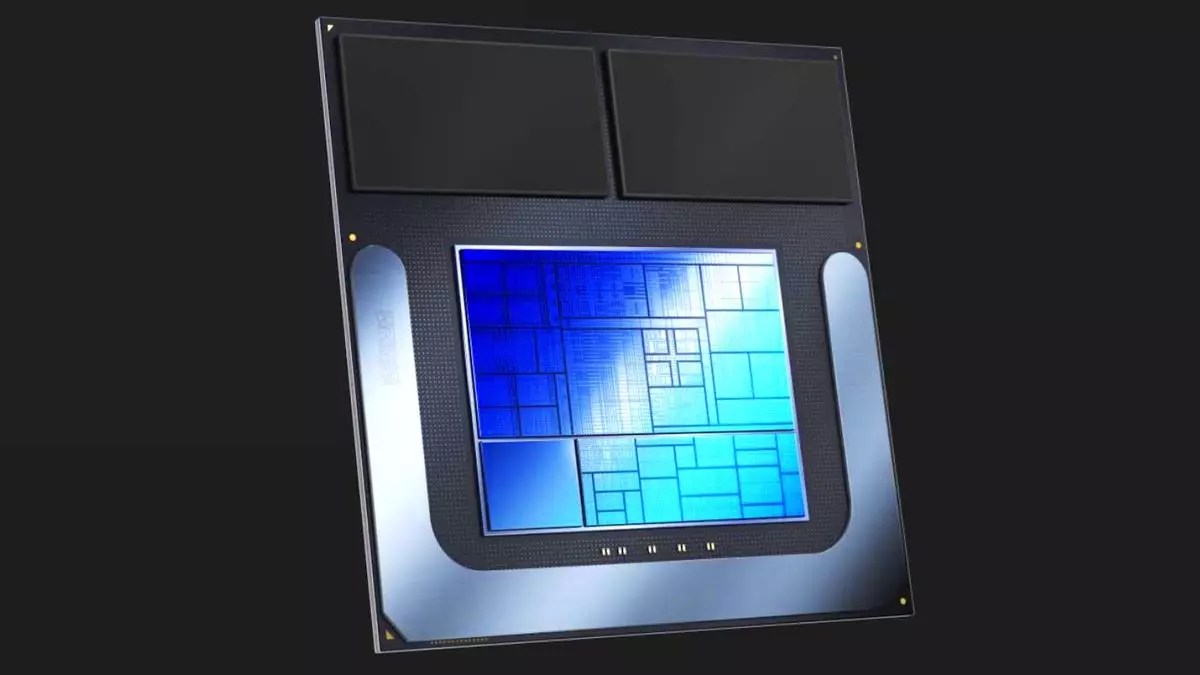Intel recently unveiled some intriguing details about its upcoming Lunar Lake mobile CPU architecture. This new generation of processors is specifically designed for thin and light laptops and marks a significant shift for Intel as it will be the first modern CPU design manufactured entirely outside of its own facilities. The chips will be produced by TSMC using the N3B node, promising enhanced performance and efficiency for end-users.
One of the key highlights of the Lunar Lake architecture is the introduction of Battlemage graphics cores. These new Xe2 GPUs are anticipated to deliver 50% higher performance compared to the competition, particularly in terms of 3DMark Time Spy benchmarks. While the initial numbers seem promising, it is essential to consider that actual gaming performance may vary, especially given Intel’s history with benchmark results.
Artificial intelligence (AI) capabilities have become a significant battleground for processor architectures, and Intel is positioning itself strongly in this arena with Lunar Lake. The integration of XMX matrix engines in the iGPU, along with a dedicated NPU, is expected to deliver over 100 TOPs of AI processing power out of the box. This positions Lunar Lake favorably against competitors like the Snapdragon X Elite chips from Qualcomm in terms of AI performance.
Efficiency is crucial in the realm of low-power laptop platforms, and Intel is pledging significant gains with its Low Power Island feature in Lunar Lake. With claims of twice the compute power compared to its predecessor, Meteor Lake, Intel aims to provide real advantages in simple applications like Microsoft Teams. The utilization of Efficient cores in the SoC allows for enhanced power management and performance optimization.
Intel’s competitive stance is further evident in its comparison against rivals like AMD and Qualcomm. By showcasing up to 30% lower total package power compared to the Ryzen 7 7840U and up to 20% lower than the Snapdragon 8cx Gen 3, Intel is setting ambitious targets for Lunar Lake’s power efficiency. However, the absence of direct comparisons with the latest Snapdragon models raises questions about the validity of these claims.
As Lunar Lake gears up for its anticipated release in the mid-year timeframe, there is a sense of optimism surrounding its potential impact on the market. The architecture’s success could also have positive ramifications for Arrow Lake, Intel’s upcoming CPU architecture for standard laptops and desktops. While details remain scarce, the shared microarchitectures and production processes between Lunar Lake and Arrow Lake hint at a promising future for Intel’s lineup.
While Intel’s unveiling of Lunar Lake has generated excitement within the tech community, it is crucial to temper expectations with a healthy dose of skepticism. The company’s claims and promises must be substantiated with tangible results once the chips are released and tested independently. The true test of Lunar Lake’s capabilities will come when users get their hands on devices powered by this new architecture, shedding light on its actual performance and efficiency in real-world scenarios.


Leave a Reply